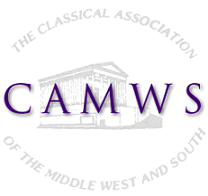Growing interest in ‘active’ Latin has prompted much discussion regarding the role of contemporary Second Language Acquisition (SLA) Theory in Latin instruction. Often framed as a contest between ‘traditional’ (Grammar-Translation) and ‘new’ (SLA-informed) pedagogies, debate in the field has proceeded according to assumptions regarding the relative historicity of both frameworks with little reference to the recorded tradition of Latin teaching practices. In short, present discussions have not been situated in the timeline of actual historical developments. This article attempts to redress this apparent lack of discussion by comparing basic principles of contemporary SLA-informed pedagogy with strategies from educational treatises published between the years 1511 and 1657. It seeks (1) to demonstrate the existence of an early modern Latin pedagogy with principles like those supported by contemporary SLA research, (2) to offer a comparative reading of that pedagogy’s premises with consensus positions of current SLA-informed instruction, and (3) to reflect upon the potential uses of this comparison for present day Latin teaching. This reading is exemplary, targeting one model for Latin pedagogy from the early modern period. Investigation remains necessary to identify both the scope and the depth of this tradition and its potential usefulness for reimagining Latin teaching in the 21st century.
Something Old, Something New: Marrying Early Modern Latin Pedagogy and Second Language Acquisition (SLA) Theory
Abstract of Article:

